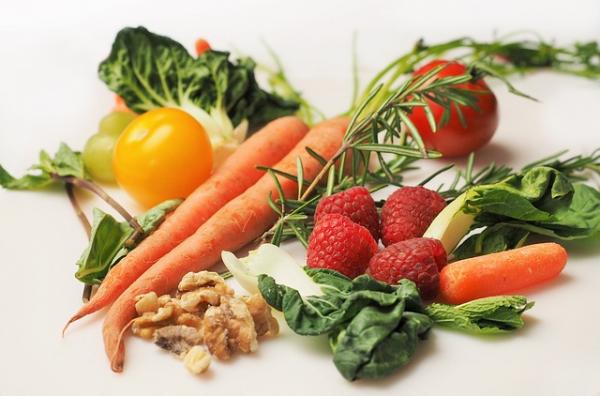With conditions like diabetes and childhood obesity on the rise, it's more important than ever that children develop healthy eating habits and explore a variety of foods

The more active a child is, the higher their need for energy from food. A healthy diet for children is about balance and variety.

Fruit and vegetables
All children should eat at least five portions of fruit and vegetables every day. They contain minerals, vitamins, antioxidants, fibre, natural sugars for energy and water to help top up hydration levels. Go for variety and different colours to get a wider range of nutrients.
Bread, rice, potatoes, pasta and other starchy foods
Include foods from this group in every meal for energy. Wholegrain varieties are best – they contain all the goodness of the grain and are a good source of minerals, vitamins and fibre.
Milk and dairy foods
Children need two to three portions of milk and dairy foods such as yoghurt, fromage frais and cheese each day for strong bones and teeth. Low fat varieties have just as much calcium and protein.
Meat, fish, eggs, beans
Include two to three portions a day for growth and repair. Choose lean meat and at least two portions of fish a week – fish is a good source of protein, vitamins and minerals and is low in saturated fat.
Getting your 5-a-day
It's easier than you think to give kids five portions of fruit and vegetables a day. Fresh, frozen, juiced, canned and dried all count. A portion is roughly a handful.
- Make fruit kebabs
- Add sweetcorn to tuna
- Prepare a bowl of sliced fruit
- Try mashing vegetables with potatoes
- Offer unsweetened fruit juice at breakfast
- Add vegetables into sauces, stews and soups
- Chop vegetables into sticks and let children dip them into hummus.
Cut back fat and sugar swap
Fat-rich foods such as butter, spreading fats, cooking oils and salad dressings should only be used in small amounts. Choose lower fat alternatives when you can. Aim to have crisps, biscuits, fizzy drinks and sweets as occasional treats.
There are many easy things you can do to help children to enjoy food and to have a healthy diet.
- Eating meals together as a family encourages children to enjoy a variety of foods
- Regular meals and healthy snacks help improve concentration, sleep and energy levels
- Get children involved in the kitchen. Let them help prepare and cook family meals and packed lunches
- Grow herbs or vegetables in pots or tubs. Try tomatoes, strawberries and cress.
Breakfast ideas
- A healthy breakfast sets children up for the day and helps to keep blood glucose levels balanced through the morning, so they will be more alert
- Have porridge or low sugar, high fibre, wholegrain cereal with semi-skimmed milk. Many cereals are fortified with vitamins and minerals, which can be important to boost children’s nutrient intake
- Add chopped fruit to cereal
- Try boiled, poached or scrambled egg with wholegrain toast and low-fat spread.
Snack check
Save snacks that are high in fat and sugar for occasional treats. Aim for one fruit snack and one other healthy snack a day. Try:

- Small bowl of vegetable soup and a slice of wholemeal toast
- Toasted English muffin with low sugar jam
- Low fat yoghurt or fromage frais
- Small pot of prepared fruit
- Currant bun or teacake
- Plain popcorn
- Bread sticks.
Drinks
The best drinks for children are semi-skimmed milk or water, as they do not damage teeth. If children like fruit drinks go for sugar-free squash or diluted fruit juice. Encourage kids to keep hydrated.
Download our Fit for the Future leaflets, produced by the CSP and the British Dietetic Association. There are five different version of Fit for the Future, and each ties in with local health and wellbeing initiatives.